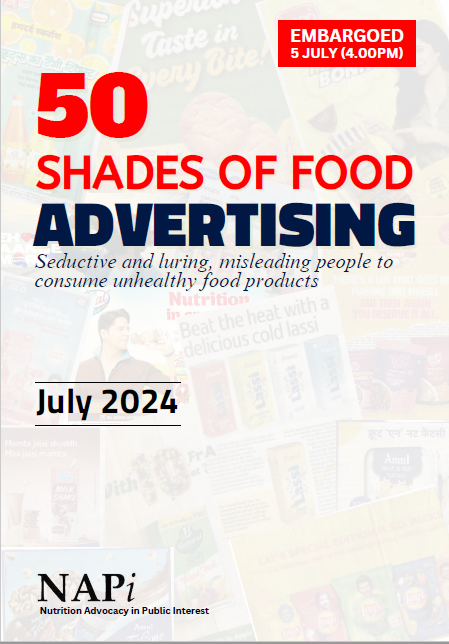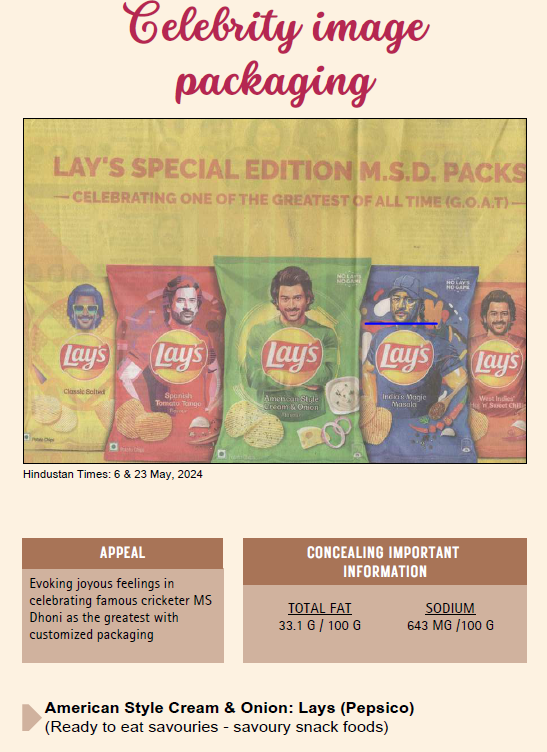The FDA has just released a classy new report on Global Engagement, summarizing its efforts to deal with issues raised by the globalization of drugs, medical devices, and foods.
This is a big deal. In 2009, 300,000 foreign facilities in more than 150 countries exported $2 trillion worth of FDA-regulated products to the United States.
Given these numbers alone, the FDA has some challenges.
In 2011, one out of every six FDA-regulated food products in the U.S. came from abroad. Imports of fresh fruits, vegetables, coffee, tea, and cocoa have more than doubled since 2000.
We import:
- 80 percent of seafood
- ~50 percent of fresh fruit
- ~20 percent of fresh vegetables
As the report explains,
- Many products entering the United States are made or grown in countries that lack the necessary regulatory oversight to ensure their quality and safety.
- Greater numbers of suppliers, more complex products, and intricate multinational supply chains introduce risks to product safety and quality, including more opportunities for economic adulteration and the spread of contaminated products.
- FDA can only realistically inspect a small percentage (less than 3 percent) of the enormous volume of food products arriving at U.S. ports of entry, making it crucial that the Agency focus on ensuring that food products meet U.S. standards before they reach the United States.
To deal with this problem, the FDA has opened offices in:
- China: Beijing, Shanghai, and Guangzhou
- India: New Delhi and Mumbai
- Latin America: San Jose, Costa Rica; Santiago, Chile; and Mexico City, Mexico
- Europe: Brussels, Belgium; London, United Kingdom; and Parma, Italy
- Asia-Pacific: FDA headquarters
- Sub-Saharan Africa: Pretoria, South Africa
- Middle East and North Africa: Amman, Jordan
The FDA seems seriously concerned about its global initiatives and the safety problems posed by our globalized food supply.
The volume seems impossible to manage. Let’s hope the FDA’s efforts do some good.



